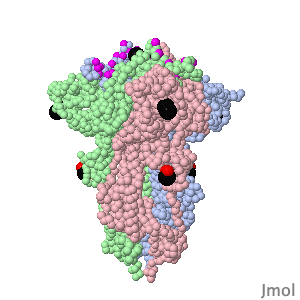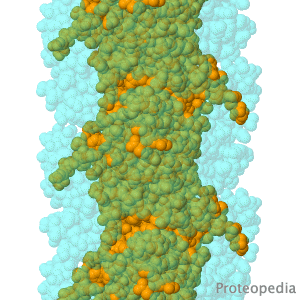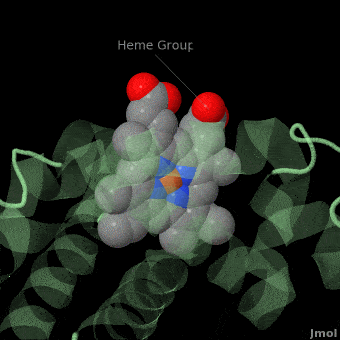Main Page
From Proteopedia
| Line 51: | Line 51: | ||
</tr> | </tr> | ||
| + | <tr><td colspan='4' > | ||
| + | <table width='100%' style="padding: 10px; background-color: #d7d8f9; font-size: 2.0em;"><tr> | ||
| + | <td>[[Proteopedia:About|About]]</td> | ||
| + | <td>{{Template:Contact}}</td> | ||
| + | <td>[[Help:Contents|Help]]</td> | ||
| + | </tr></table> | ||
| + | </td></tr> | ||
</table> | </table> | ||
Revision as of 14:29, 18 October 2018
|
Because life has more than 2D, Proteopedia helps to understand relationships between structure and function. Proteopedia is a free, collaborative 3D-encyclopedia of proteins & other molecules. ISSN 2310-6301 | |||||||||||
| Selected Pages | Art on Science | Journals | Education | ||||||||
|---|---|---|---|---|---|---|---|---|---|---|---|
|
|
|
|
||||||||
| Other Selected Pages | More Art on Science | Other Journals | More on Education | ||||||||
|
How to author pages and contribute to Proteopedia Who knows ... |
How to get an Interactive 3D Complement for your paper |
Teaching Strategies Using Proteopedia |
|||||||||
| |||||||||||





